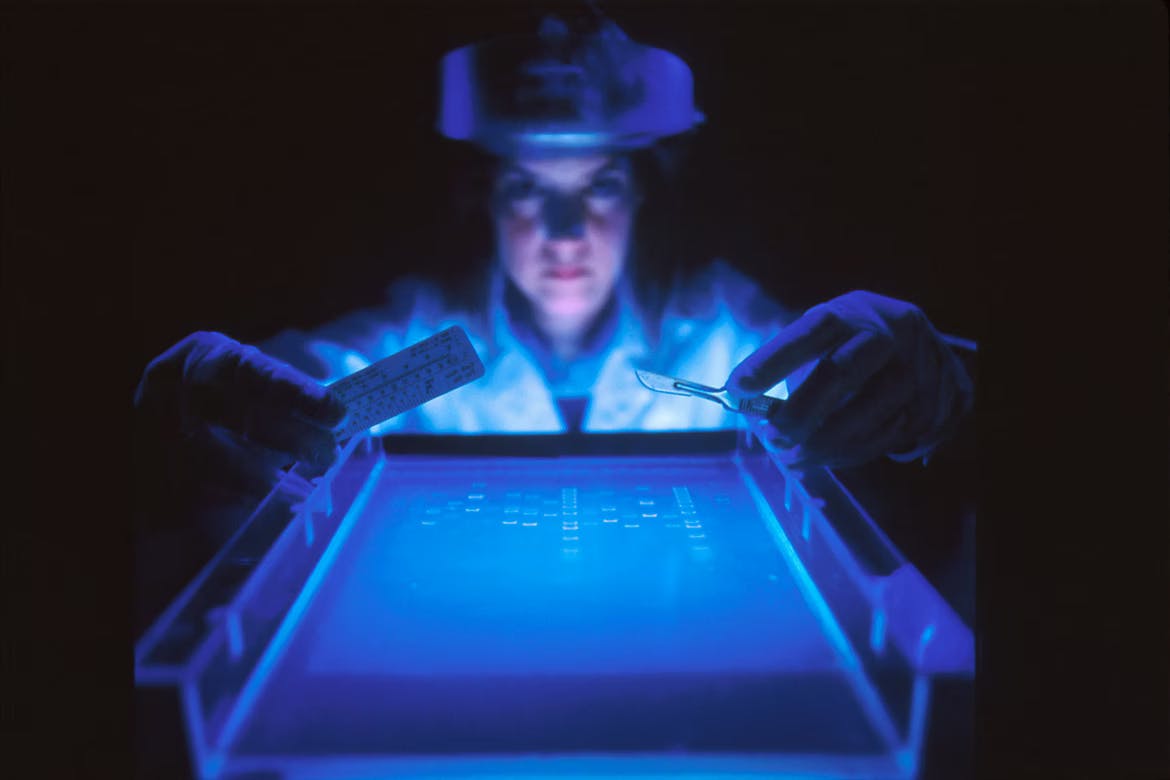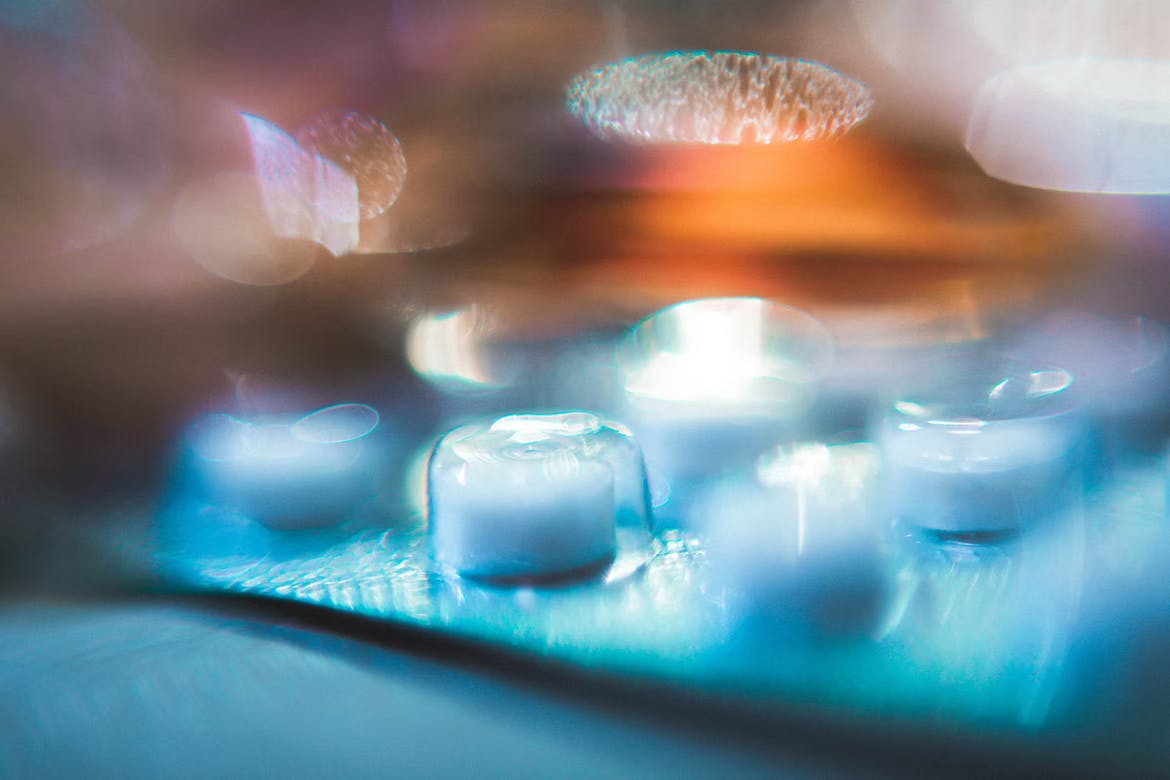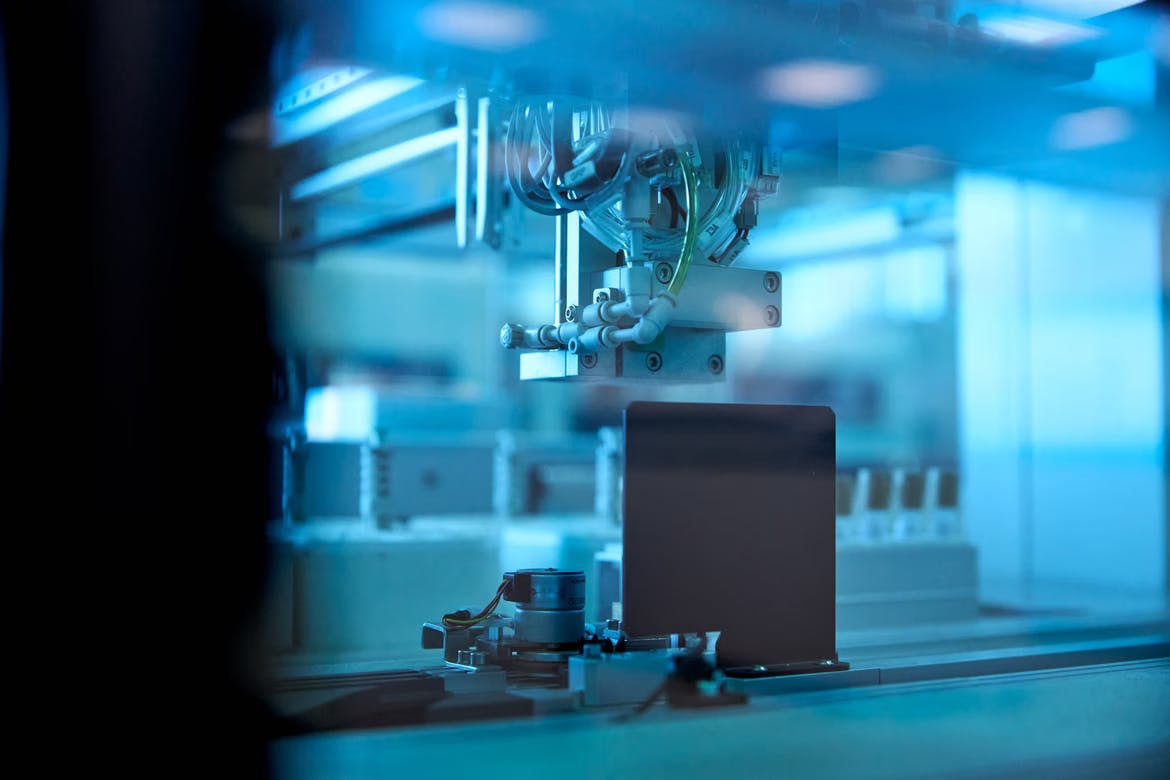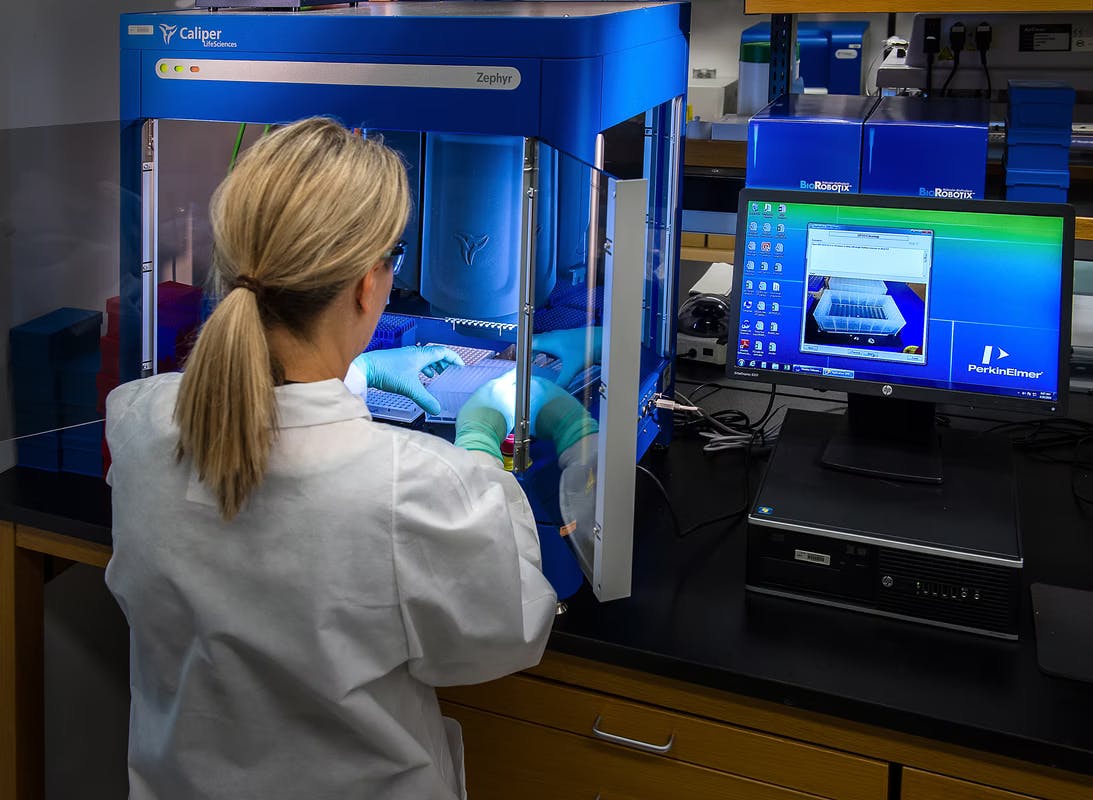
Photo Credits: By National Cancer Institute
Since last year, medical professionals have seen firsthand how technology can alter medical procedures and the patient care experience. Due to the widespread inventive uses of technology that were developed or expanded during the crisis, few analysts think that healthcare will revert to the standard it was before the epidemic.
After all, today’s internet-connected devices are specifically designed to improve, lower costs, and have even better outcomes in healthcare. As technology capabilities improve, organizations are slowly leveraging the potential of the Internet of Medical Things technologies (IoMT).
Due to their ability to collect, analyze and transmit health data, IoMT tools rapidly change healthcare delivery. For many patients and clinicians, these applications play a central part in tracking and preventing, for example, chronic illnesses.
But how does this connected ecosystem work? And what is the big difference between the Internet of Things and IoMT?
What is the Internet of Medical Things (IoMT)?

Photo Credits: By Nastya Dulhiier
A new phrase has arisen due to the IoT revolution in the healthcare sector. The Internet of Medical Things (IoMT) is the term used to describe the networks of physical objects used in the medical industry that communicate wirelessly and carry out various tasks. These systems, a particular application of the widely used IoT, increase efficiency, cut healthcare costs, and produce better patient outcomes.
IoMT quickly integrates a network of hardware and software tools with health systems and services. This rise of IoMT is driven by “an increase in the number of connected medical devices that can collect, analyze or transmit health data or images and connect to any healthcare provider networks, transmitting the collected data to either a cloud repository or internal servers,” the Deloitte report notes.
Additionally, this new generation of technology, made possible (enabled) by the internet, promotes improved workflow management in various industries, including the pharmaceutical and health insurance industries, inpatient care inside and outside hospitals, and in remote locations.
What is the impact of IoT (IoMT) in hospitals?

Photo credits: By Testalize.me
Much of the IoT technology of monitoring is used in hospitals. In such facilities, the IoMT has a host of specific, specialized applications. Many improved trackings increase staff effectiveness and even safety, make better use of patient's rooms, and keep track of major mobile equipment around the hospital.
This can translate into such benefits as:
- Better patient comfort and convenience enable better patient satisfaction and faster recovery times.
- IoT healthcare devices, wearable technology, and data access allow physicians to monitor patients with greater precision and provide better-informed treatment.
- IoT security systems increase safety for patients, physicians, and staff.
- UV light sanitation systems keep spaces clean and prevent illness.
Another benefit of IoT innovative hospital solutions: is future-proofing. Although an initial investment is associated with implementing an IoT infrastructure, installing devices, and training staff members on software systems, the value only increases over time. Once an IoT ecosystem is in place, it’s easy to integrate new IoMT devices as they are developed. An IoT-enabled innovative hospital will quickly be ahead of similar facilities that choose not to implement IoT devices and solutions.
What the future holds for IoMT in healthcare organizations?

Photo Credits: By CDC
Many healthcare organizations globally are now using Internet of Things technologies, at least in some form or another. This has increased from about two-thirds in 2019.
As IoT in healthcare grows, and IoMT devices continue to evolve, it is expected to see in the near future that healthcare facilities will become more advanced while offering better patient outcomes, better experiences for patients and visitors, and extensive improvisation in work environments.
In addition, more devices and data are gaining new insights into medical environments, patient care, and even treatment options. The access to all of this data allows doctors to identify trends and discover unique aspects of medical care that were previously very difficult to understand and apply.
In conclusion, the impact of IoT in healthcare is just beginning, and many innovative IoMT solutions are on the horizon. Suppose most hospitals and other healthcare organizations continue to seek its benefits; this will slowly shift the entire paradigm, in which the digital transformation will be just the beginning.